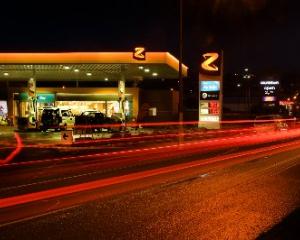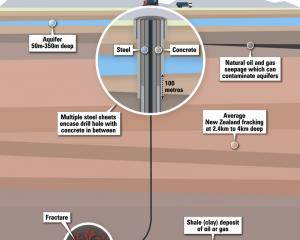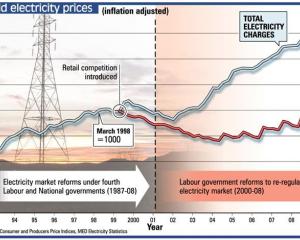The Electricity Commission says it is likely to approve Transpower's proposal to spend nearly $700 million on an upgrade of the crucial electricity link across Cook Strait by 2012.
The link consists of two separate circuits, each with its own major converter system at each end.
The converters are called Pole 1 and Pole 2. Last September, Transpower stood down the elderly Pole 1 part of the link, initially reducing the capacity of the link from 1000 megawatts (MW) to 500MW.
It has since increased the south to north transfer capacity of the other part of the link, Pole 2, to 700MW and brought back half the capacity of Pole 1 for use in critical periods - though only to transmit power from south to north.
Transpower has proposed replacing it with a state of the art thyristor valve unit which will boost the capacity of the overall link to 1000 MW from 2012, and 1200 MW from 2014.
The Cook Strait link is important for the country as it allows the national grid operators to balance energy supply and demand between islands. Pole 2, which was fully commissioned in 1992, operates reliably, but Pole 1 includes equipment 43 years old, and thought to be the last operating piece of that type.
The proposed refurbishment will cost up to $672 million.
The project will increase the capacity of the overall HVDC link to 1000 MW from 2012, and 1200 MW from 2014.
Transpower chief executive Patrick Strange said the final grid upgrade plan followed many months of consultation and engagement with interested parties on the approach, assumptions, methodology and options in investigating the need for a replacement.
The high-voltage direct current (HVDC) system links Benmore Substation in the South Island and Haywards Hill substation north of Wellington.
It has two separate circuits, each with its major converter system at each end.
The HVDC link also includes three undersea cables across the Cook Strait - two connected to Pole 2 and one to Pole 1.
It allows the South Island with access to the North Island's gas and coal generation, during dry winters and summers, and gives the North Island access to the South Island's large hydro generation capacity during peak winter periods.





